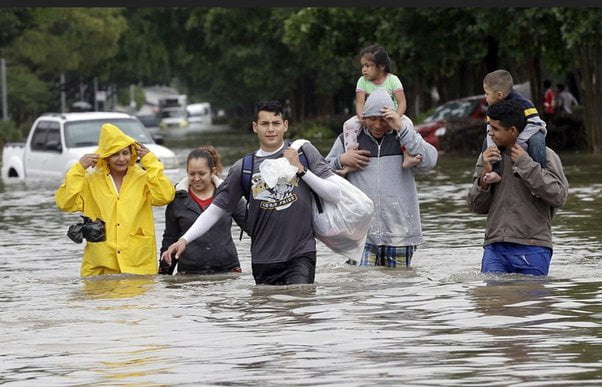After significant rains, Bangalore, the silicon valley of India, is still submerged. Roads in the city are flooded, and the flooding has rendered the city unusable. Tractors and other means of transportation are used by personnel, including the CFO and CEO of the enterprises, to get to their places of employment, but many others are being rescued by them. One such tractor may be seen here transporting a family out of the affluent neighbourhood. We can see a number of high-end luxury vehicles buried in water as we leave.
A Bentley Bentayga, an Audi Q5, a Lexus NX SUV and a Lexus sedan, as well as a Land Rover Range Rover, can all be seen immersed in the water in the tractor’s footage. These vehicles are kept in the tenants’ residences. There are other additional vehicles that perished in the water, including the VW Polo and Honda Civic.
This is the first time that such visuals from Bangalore have been presented to us. Similar images from Mumbai and Maharashtra have already been seen. But this is the first time a flood has destroyed Bangalore to this extent. The majority of the city is still submerged.
Water wading in flood

Wading in water should be avoided at all costs and should only be done with extreme caution. The ECU could even blow if water gets into the internal circuit, which would be quite expensive. Additionally, if you wade through water quickly, as this video illustrates, water may enter the car’s air intake.
The engine will completely stop working if a significant amount of water gets within the piston and the engine is unable to crush it. It is known as a hydrostatic lock, and it costs a lot of money to open and fully clean the engine.
Many contemporary cars are equipped with sensors that guard the engine against moisture. If the sensor notices moisture in the air intake, the car will hydrostatically lock and the engine won’t start again until the system is checked by authorised dealerships and the lock is released. Since the entire air intake system will be examined and cleaned, the price may increase significantly.
Avoid flooded roads

Prior to travelling on the flooded roads, it is usually preferable to wait for the water to recede. It’s simpler to travel through many paths that head in the same direction or to the same destination because of google maps and the reliance that we millennials have on that programme. It is usually advisable to select the route that is least likely to be affected by rain, even if it is a longer one. Sometimes all you do is utilise the hit-and-trial strategy, even though that is preferable to causing unneeded damage to your car and causing you a lot of hassle and financial hardship.
Do not crank the vehicle
If your vehicle stops in the middle of a flooded road, do not panic. It is a common problem faced by cars on extreme waterlogged roads and the driver drives through it at a high speed. The water enters the air intake and the engine shuts off, bringing the car to a complete halt. Almost as a reflex, if our car stops working in the middle of the road, we start the car. We need to control this and under no conditions should start our car or even try.
The combustion stops as soon as the water is detected in the engine and cranking could only lead to damaging the engine further. This incident of hydro locking should only be looked at and fixed by professionals and the car should only be moved away with the help of an external vehicle such as a crane or a tow truck.


